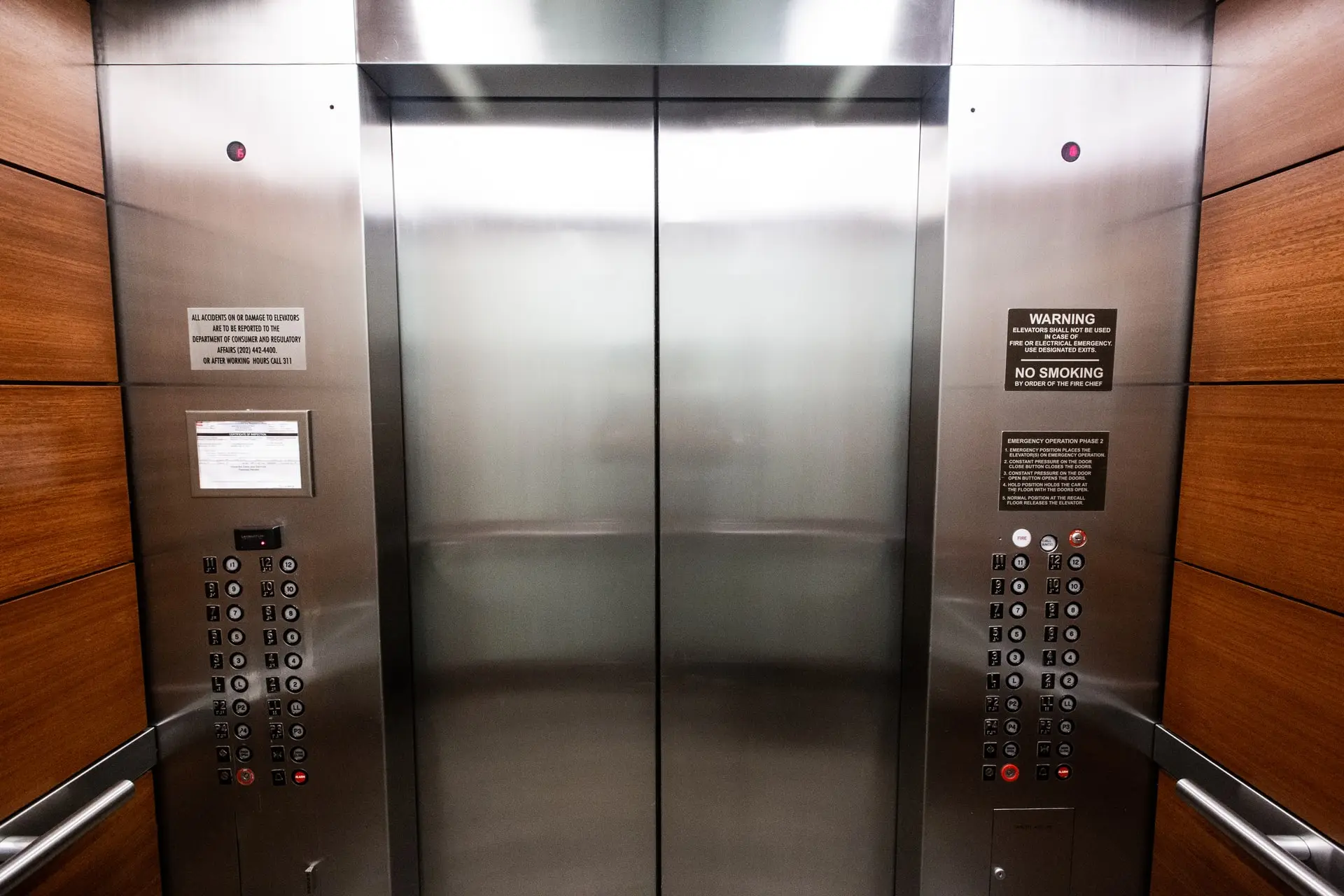Lifts Directive
LD 2014/33/EU
Directive brief
Regulation 2014/33/EU on Lifts has been issued to ensure lifts are put into market in a way not to impose a health and safety risk for end-users. This regulation covers lifts and lift safety components used in buildings. The Lifts Directive has a dual objective: to permit the free movement of lifts and safety components for lifts whilst ensuring that such products provide a high level of protection of the health and safety of people. This Directive gives lift installers and manufacturers of safety components a wide choice of conformity assessment procedures based on the so-called “modules”. The Lifts Directive is thus a good example of the “Global and new approach to conformity assessment”.
Applicability
Lifts have a big share in our civilization level. If there had been no lifts, the high buildings where we live in today and skyscrapers could not have been built, and most industries would not have been developed. Lifts provide us with increasingly comfortable and safe access in modern buildings, and we do not need an axe today to be assured of this safety.
“Lift” means an appliance serving specific levels, having a carrier moving along rails which are rigid and inclined at an angle of more than 15 degrees horizontally, intended for the transport of:
- people,
- people and goods, and
- goods alone if the carrier is accessible, that is to say a person may enter it without difficulty, and equipped with controls situated inside the carrier or within reach of a person inside the carrier.
The Directive does not actually give a definition for “safety component”. Most of the components of a lift contribute in one way or another to its safe operation. However, safety components for lifts are components that are fitted with the specific purpose of ensuring safety rather than simply for the normal operation of the lift. Safety components for lifts are listed in Annex IV of the Directive.
A visible CE marking symbol indicates that the lift and the safety components satisfy the essential health and safety requirements of the Directive and have been subject to the appropriate conformity assessment procedure. The best way for a presumption of conformity with the essential health and safety requirements is to apply the harmonized standards published in the Official Journal of the European Union. Most of the harmonized standards for lifts are developed by the CEN Technical Committee. CEN TC 10 has developed a particular numbering system for lift standards, and the family of lift standards bear a generic number EN 81.
CE Certification
Medical Device Directive
MDD 93/42/EEC for medical devices of all classes. Learn More
PPE Directive
EU 2016/425 for Personal Protective Equipment. Learn More
Machinery Directive
MD 2006/42/EC for health and safety requirements of machinery. Learn More
Lifts Directive
LD 2014/33/EU for health and safety requirements of lifts. Learn More
Pressure Equipment Directive
PED 2014/68/EU for sale of pressure equipment in the EU. Learn More
Gas Appliances Directive
GAD 2016/426/EU for a legal framework for gas appliances in the EU. Learn More
Construction Products
CPR 305/2011/EU for regulations on construction products. Learn More
Hot Water Bodies
Directive 92/42/EEC for hot-water boilers with liquid or gaseous fuels. Learn More
Simple Pressure Vessels
SPV 2014/29/EU for uniform law on simple pressure vessels. Learn More
Electrical Equipment
Directive 2014/35/EU for electrical equipment voltage limits. Learn More
EMC Directive
EMC 2014/30/EU for electromagnetic compatibility. Learn More
ATEX Directive
Directive 2014/34/EU for equipment in explosive atmospheres. Learn More
Noise Emission
Directive 2000/14/EC for sound power level of products. Learn More
Measuring Instruments
MID 2014/32/EU for measuring instruments in the EU. Learn More
Let's Work Together
European Assessment and Certification Ltd.
19, Layton Crescent, Slough, SL38DP, UK.
Company Number 12819256
+44 7471 048859
info@e-ac.uk

